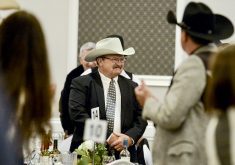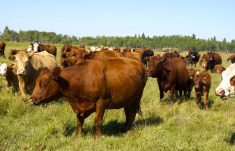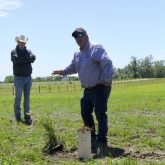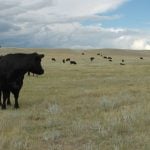Michelle Panko, program information specialist with Saskatchewan Agriculture, recently offered tips and outlined winter system options at a Saskatchewan Cattlemen’s Association webinar.
For those struggling with freezing water bowls, Panko suggests looking at in-line heat tape, which is inserted into the water line and plugged in.
A utility pump and about 15 feet of four-inch hose with an adapter will also thaw waterbowls.
Read Also
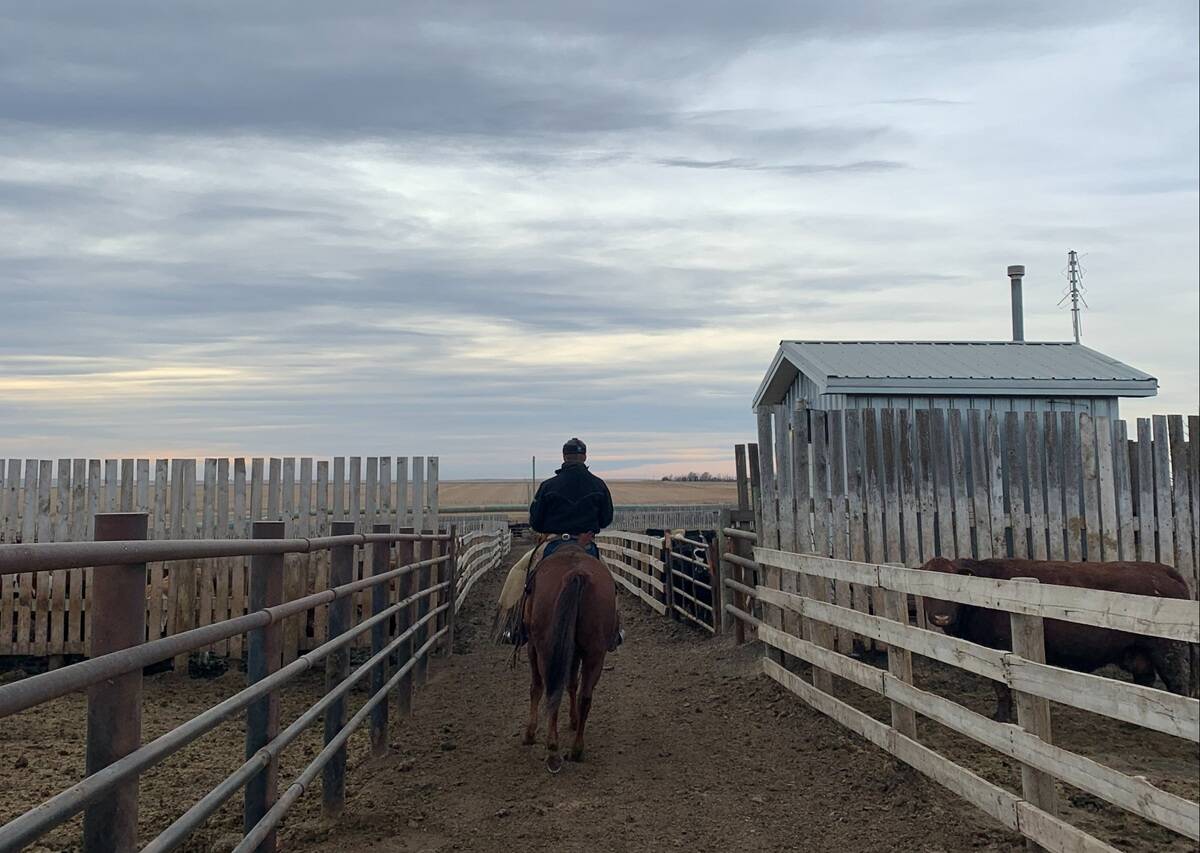
Pen riders still better than tech at detecting respiratory disease in feedlot cattle, says researcher
Recent research found that pen riders are better than tech at flagging signs of BRD in feedlot cattle
“You just need a five-gallon pail of hot water. You put your pump in there, plug in your pump, and then that hose that’s connected, it’s going to pump hot water. You can put it down your waterline and jet that hot water down to the depth of wherever it’s iced up.”
Producers are also using game cameras and their cell phones to monitor water systems. “You do have to have cell service so that can be a limitation.”
Look for a game camera with a time lapse mode, or every movement will trigger the camera. “You don’t want that happening when it’s cattle watering or birds flying into a water bowl, because it’s going to send you a gazillion pictures.”
Instead, use the time lapse mode to schedule a photo once every few hours.
Panko also outlined several options for winter water systems:
- Water Box. Install insert through frozen ice into water body. Self-operating and can be accessed 24/7 by livestock. Uses geothermal energy from water. Must train animals to use it. May have to scoop ice in cold weather. Consider additional units for a large herd.
- Aquifer trough/drink tubes. Highly insulated, use geothermal heat from water. May need to remove ice, especially on cold days. Be aware of minimum herd size recommendations.
- Portable solar systems, such as from Sundog Solar, can be used year-round with a winter insert. Make sure pump size matches water flow capacity. Check well capacity against number of head you’re watering. Size system for number of head you intend to water, or more, as pump and batteries can become less efficient over time.
- Propane stock tank heater, purchased separately from solar systems. Offers thermo-statically controlled heating. Adjustable brackets allow attachment to most metal, concrete or poly tanks. Keeps a three- to five-foot radius of water open.
- DU~AL Year-Round Watering System uses a flameless catalytic heater with propane. Insulation conserves heat. Use with solar system or adapt to underground pressurized line.
- Drain-back bowl with motion eye, available from several companies. Motion eye activates submersible pump, excess water drains into wet well. Water supply should be within 15 feet of soil surface (dugout or high water table). Corrugated poly cribbing preferred for wet well, as it doesn’t rust and is sturdy. Need a filter to keep debris out of pump when water drains. Can work with a solar system.
- Frost-free nose pumps. Panko recommends training cattle to use them. Best used on top of well with high water table or wet well off a dugout, she says. No pump or heat source required. Nose pump is mounted on insulated cribbing. One nose pump should water 100 head.
- Thermosink Livestock Watering Systems work with pressurized lines, no power required. Operate with geothermal heat. May have to chip ice if not enough cattle are drinking, cattle don’t drink within 24 hours or it’s -30 C or colder. Use mineral oil around float to prevent freezing.
- Trough made from an industrial mining tire. Nearly indestructible. Usually used with buried, pressurized waterline. Burying tire pit below ground level should allow for geothermal heat. A thicker tire provides more insulation. In cold weather, will need to clean ice. Small calves can be bumped into large troughs, so design in a way to prevent that and/or allow cattle to get out.




